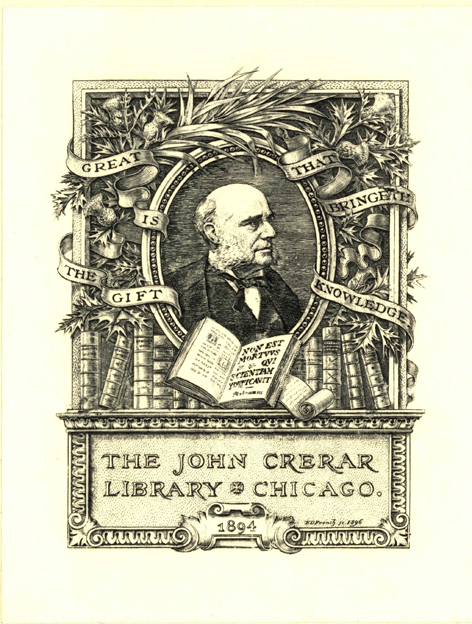Classical theory of gauge fields /
Saved in:
| Author / Creator: | Rubakov, V. A. |
|---|---|
| Imprint: | Princeton, N.J. : Chichester : Princeton University Press, 2002. |
| Description: | x, 456 p. : ill. ; 23 cm. |
| Language: | English Russian |
| Subject: | |
| Format: | Print Book |
| URL for this record: | http://pi.lib.uchicago.edu/1001/cat/bib/4712601 |
Table of Contents:
- Preface
- Part I.
- Chapter 1. Gauge Principle in Electrodynamics
- 1.1. Electromagnetic-field action in vacuum
- 1.2. Gauge invariance
- 1.3. General solution of Maxwell's equations in vacuum
- 1.4. Choice of gauge
- Chapter 2. Scalar and Vector Fields
- 2.1. System of units h = c = 1
- 2.2. Scalarfield action
- 2.3. Massive vectorfield
- 2.4. Complex scalarfield
- 2.5. Degrees of freedom
- 2.6. Interaction offields with external sources
- 2.7. Interactingfields. Gauge-invariant interaction in scalar electrodynamics
- 2.8. Noether's theorem
- Chapter 3. Elements of the Theory of Lie Groups and Algebras
- 3.1. Groups
- 3.2. Lie groups and algebras
- 3.3. Representations of Lie groups and Lie algebras
- 3.4. Compact Lie groups and algebras
- Chapter 4. Non-Abelian Gauge Fields
- 4.1. Non-Abelian global symmetries
- 4.2. Non-Abelian gauge invariance and gaugefields: the group SU(2)
- 4.3. Generalization to other groups
- 4.4. Field equations
- 4.5. Cauchy problem and gauge conditions
- Chapter 5. Spontaneous Breaking of Global Symmetry
- 5.1. Spontaneous breaking of discrete symmetry
- 5.2. Spontaneous breaking of global U(1) symmetry. Nambu-Goldstone bosons
- 5.3. Partial symmetry breaking: the SO(3) model
- 5.4. General case. Goldstone's theorem
- Chapter 6. Higgs Mechanism
- 6.1. Example of an Abelian model
- 6.2. Non-Abelian case: model with complete breaking of SU(2) symmetry
- 6.3. Example of partial breaking of gauge symmetry: bosonic sector of standard electroweak theory
- Supplementary Problems for
- Part I.
- Part II.
- Chapter 7. The Simplest Topological Solitons
- 7.1. Kink
- 7.2. Scale transformations and theorems on the absence of solitons
- 7.3. The vortex
- 7.4. Soliton in a model of n-field in (2 + 1)-dimensional space-time
- Chapter 8. Elements of Homotopy Theory
- 8.1. Homotopy of mappings
- 8.2. The fundamental group
- 8.3. Homotopy groups
- 8.4. Fiber bundles and homotopy groups
- 8.5. Summary of the results
- Chapter 9. Magnetic Monopoles
- 9.1. The soliton in a model with gauge group SU(2)
- 9.2. Magnetic charge
- 9.3. Generalization to other models
- 9.4. The limit mh/mv 0
- 9.5. Dyons
- Chapter 10. Non-Topological Solitons
- Chapter 11. Tunneling and Euclidean Classical Solutions in Quantum Mechanics
- 11.1. Decay of a metastable state in quantum mechanics of one variable
- 11.2. Generalization to the case of many variables
- 11.3. Tunneling in potentials with classical degeneracy
- Chapter 12. Decay of a False Vacuum in Scalar Field Theory
- 12.1. Preliminary considerations
- 12.2. Decay probability: Euclidean bubble (bounce)
- 12.3. Thin-wall approximation
- Chapter 13. Instantons and Sphalerons in Gauge Theories
- 13.1. Euclidean gauge theories
- 13.2. Instantons in Yang-Mills theory
- 13.3. Classical vacua and 0-vacua
- 13.4. Sphalerons in four-dimensional models with the Higgs mechanism
- Supplementary Problems for
- Part II.
- Part III.
- Chapter 14. Fermions in Background Fields
- 14.1. Free Dirac equation
- 14.2. Solutions of the free Dirac equation. Dirac sea
- 14.3. Fermions in background bosonicfields
- 14.4. Fermionic sector of the Standard Model
- Chapter 15. Fermions and Topological External Fields in Two-dimensional Models
- 15.1. Charge fractionalization
- 15.2. Level crossing and non-conservation of fermion quantum numbers
- Chapter 16. Fermions in Background Fields of Solitons and Strings in Four-Dimensional Space-Time
- 16.1. Fermions in a monopole backgroundfield: integer angular momentum and fermion number fractionalization
- 16.2. Scattering of fermions off a monopole: non-conservation of fermion numbers
- 16.3. Zero modes in a backgroundfield of a vortex: superconducting strings

